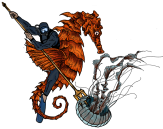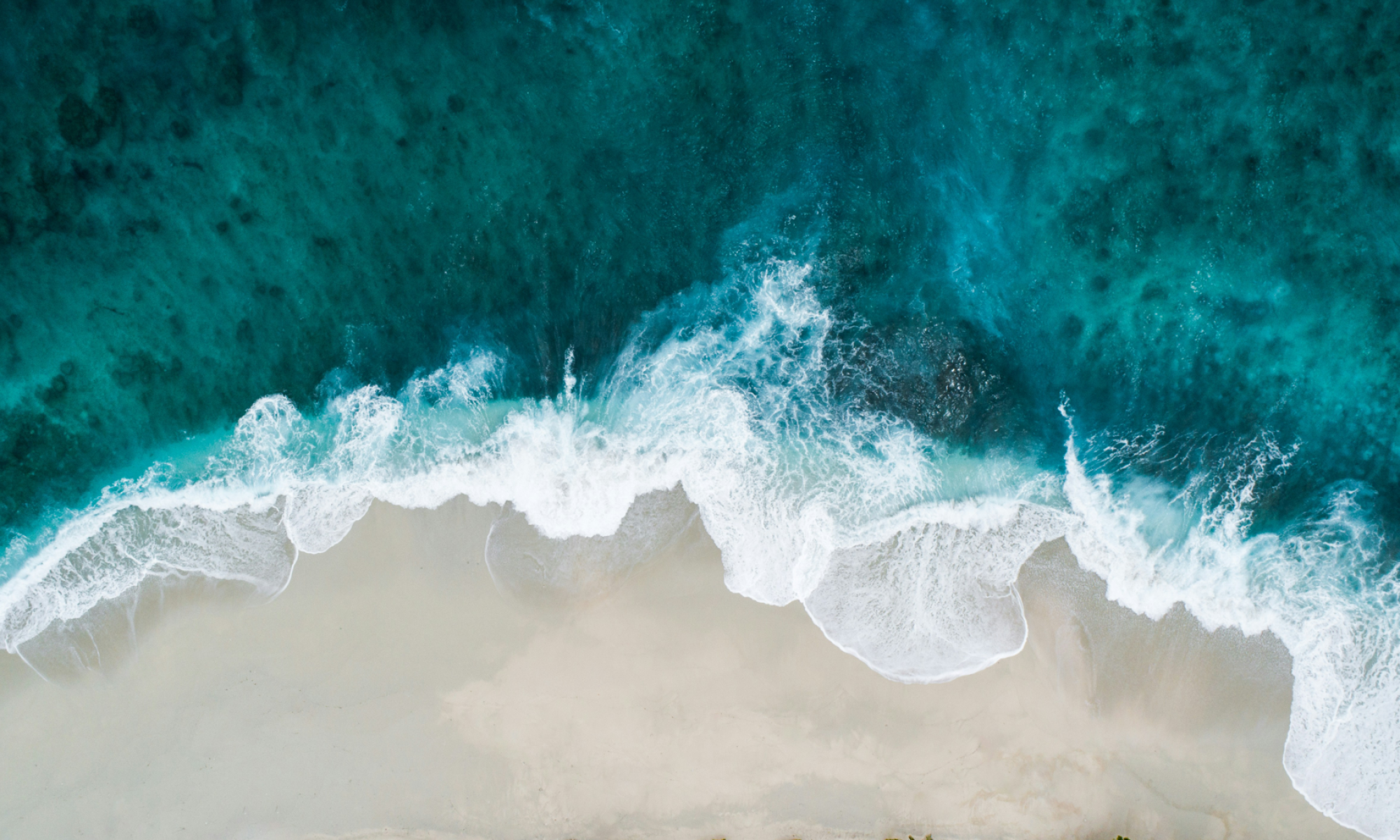Benefits of a Plunge Into Action that uses Public Safety, Aquatic Stewardship, Ecosystem Preservation Knowledge and Managed Resource Skills.
- Prevent Escalation Into Emergency, Crisis Or Disaster e.g. Intervention Team
- Avoid Re-Occurrence Of Correctly Identified Hazards e.g. Bay Nettle
- Expand The Impact Of Conservation And Pathogen Research e.g. Pollution Abatement
- Strengthen Coastal Resilience With Nature-Based Solutions e.g. Oyster Reefs
- Safeguard The Future Of Marine Ecosystems e.g. Diamondback Terrapin
- Ensure Debris Removal Meets Evolving Needs e.g. Abandoned Crab Pots
REDUCING BYCATCH
One type of Marine Debris removal is focused on reducing the number of abandoned nets, lines, and ghost traps that continue to capture marine life unintentionally. Led by Dr. John Wnek, the Marine Academy of Technology and Environmental Science (MATES), has a complementary Project titled ‘Reducing bycatch through more responsible practices for a sustainable future’. For aquatic stewardship, it explains that before recreational visitors, commercial operators, and community residents plunge their Crab pot into action, they should check that Bycatch Reduction Devices (BRDs) are in the funnels. So that, when investigated by turtles (that must breathe air) small Terrapins can escape the pot and breeding-age adult Terrapins cannot enter the pot.
DIAMONDBACK TERRAPINS
Diamondback terrapins are the only turtle species in the U.S. that lives exclusively in brackish saltwater marshes, coastal bays, and lagoons, from Cape Cod to Corpus Christi. The name refers to the diamond pattern on top of its shell (carapace), but the overall pattern and coloration vary greatly. All have a unique pattern of wiggly, black markings or spots on their body and head; thus no two diamondback terrapins look alike. The diamondback terrapin typically feeds on fish, crustaceans (such as shrimp and crabs) marine worms, marine snails (especially the saltmarsh periwinkle), clams, barnacles, mussels, other mollusks, insects, carrion, and sometimes ingest small amounts of plant material, such as algae. Diamondback terrapins grow and mature at a slow rate and are listed as a “species of special concern” in New Jersey due to habitat loss and decreasing population numbers. They are a common sight along the shores of Barnegat Bay, where females venture out of salt marshes to lay eggs on sandy ground.

WHAT YOU CAN DO TO PROTECT TERRAPINS
- Do NOT Take Terrapins From The Wild. In New Jersey, There Are Regulations Preventing Turtle Capture
- Avoid Marsh Systems / Submerged Aquatic Vegetation when Boating Or Using Personal Watercraft
- ONLY Use Crab Traps With Bycatch Reduction Devices
- Drive SLOWLY in May, June Or July when on Roads near Marsh Areas and STOP for Adult Terrapins Coming to Nest
- Take Actionable STEPS Toward having Cleaner, Healthier Waters
- Participate in COMMUNITY Environmental Stewardship Projects

